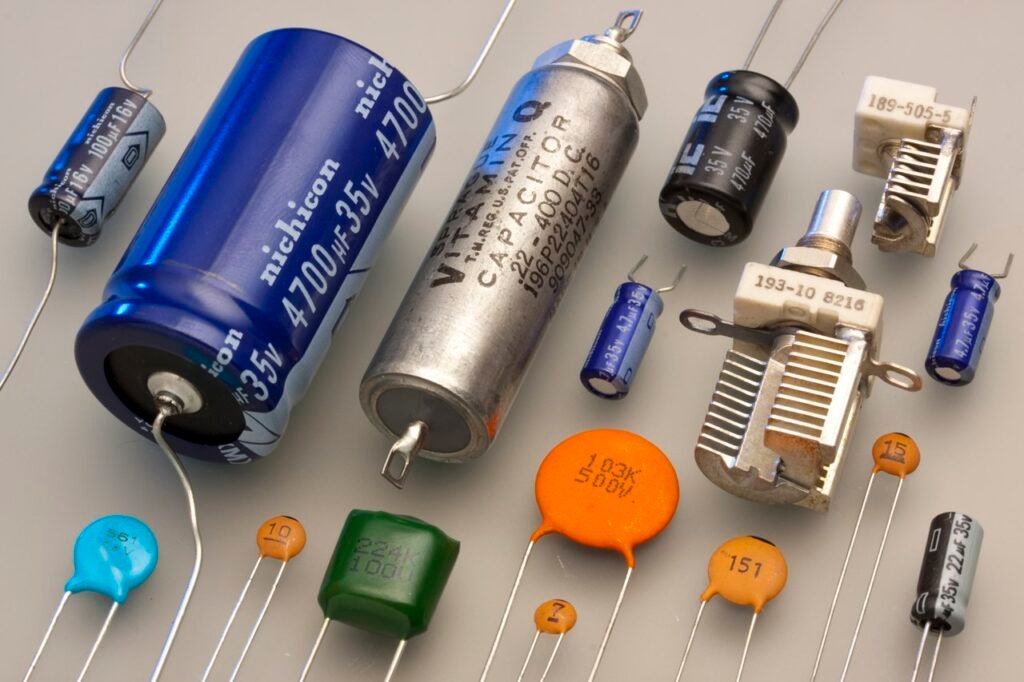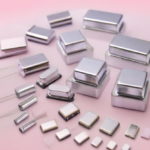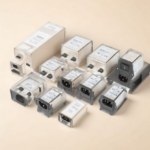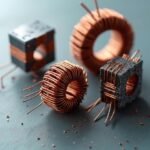
The Evolution of Capacitors:
At Comkey, we recognize the capacitor as more than just a passive component—it’s a cornerstone of modern electronics. From early scientific experiments to cutting-edge energy storage solutions, capacitors have undergone a remarkable transformation. Here’s how they’ve evolved:
1. The Birth: Leyden Jar (1745–1746)
The first capacitor, the Leyden jar, was invented in the mid-18th century. It stored static electricity using a glass jar, metal foil, and water. Though primitive, it laid the groundwork for understanding electrical energy storage.
2. Industrial Age: Paper & Oil Capacitors (19th Century)
As electrical systems matured, capacitors found new forms—rolled foil separated by waxed paper, often immersed in oil for insulation. These were used in early telegraphy and radio circuits.
3. The Rise of Electrolytic Capacitors (1920s–1930s)
With the growth of consumer electronics and radio, electrolytic capacitors became popular. These offered much higher capacitance in smaller sizes—ideal for filtering, coupling, and power supply applications.
4. Miniaturization & Reliability (1940s–1970s)
The post-war electronics boom demanded smaller, more reliable components. Ceramic capacitors became widely used for their stability and low inductance. The development of film capacitors and tantalum electrolytics allowed for more precise and compact designs.
5. Surface Mount Technology (SMT) Revolution (1980s–1990s)
SMT capacitors transformed manufacturing. Multilayer ceramic capacitors (MLCCs) became dominant in digital devices. These offered excellent performance in tiny packages and enabled the development of portable electronics.
6. The Digital Age: High-Density, High-Reliability Capacitors (2000s–2010s)
As circuits became faster and more power-dense, capacitors evolved to keep up. Solid-state tantalum and aluminum polymer capacitors offered better performance at high frequencies and temperatures.
7. Today & Beyond: Smart, Hybrid & Energy Capacitors (2020s–)
Capacitors are no longer just passive. Modern supercapacitors (ultracapacitors) store large amounts of energy and charge/discharge rapidly. Hybrid capacitors blend battery-like storage with capacitor speed. Smart capacitors integrate monitoring and protection circuits—ideal for IoT, EVs, and aerospace.










 Capacitors
Capacitors Resistors
Resistors

